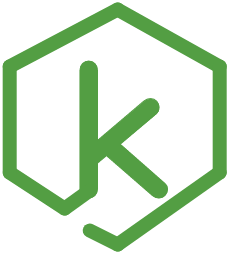Routes and Controllers
Routes and Controllers constitute the core logic of the application. The purpose of route files is to parse any incoming request on that route and pass the relevant parsed data to the appropriate controller. The controller then executes the core business logic and also communicates with the Model layer if needed.
Routes
As mentioned above, the Routes layer handles all incoming requests and parses the request object to pass the relevant data to the controller.
Example
const userRouter = require("kvell-scripts").router();
const userController = require("../controllers").user;
userRouter.get("/:userid", async (request, response) => {
try {
// parse your request data in a suitable format for your controller
const userId = request.params.userid;
const result = await userController.getUserData(userId);
response.status(result.status).send(result.userData);
} catch (exception) {
// Send appropriate error message
}
});
Folder and naming convention
Routes has a separate folder in a Kvell Application and each file follows the following structure and naming convention:
...
routes/
home.js
auth.js
...
[routeName].js
index.js
...
This implies that each file's name is the same as it's corresponding routeName which comes from kvell.config.js.
The index.js is essentially a mapper for all the routes and is used internally by kvell to manage route based templating, etc.
Controllers
The Controller then gets the parsed data as it's parameter and performs required operations on it. It may or may not communicate with the Model layer to perform the operation successfully.
Example
const userController = {};
const User = require("../models/User");
userController.getUserData( async userId => {
const userData = await User.getById(userId);
return userData;
});
module.exports = userController;
Note: We can prefer to always return a promise from any controller function to maintain the asynchronous flow of the application.
Folder and naming convention
Controllers has a separate folder in a Kvell Application and each file follows the following structure and naming convention:
...
controllers/
home.js
auth.js
...
[routeName].js
index.js
...
This implies that each file's name is the same as it's corresponding routeName which comes from kvell.config.js.
The index.js is essentially a mapper for all the controllers and is used internally by kvell to manage controller based templating, etc.
